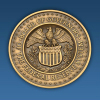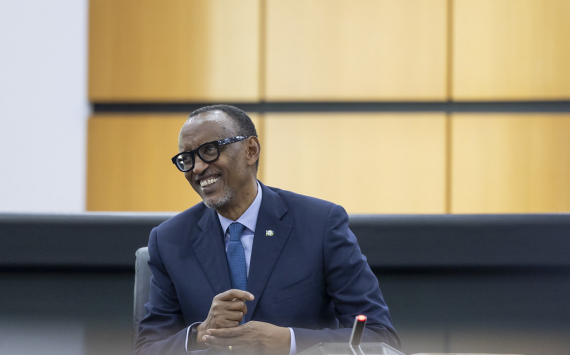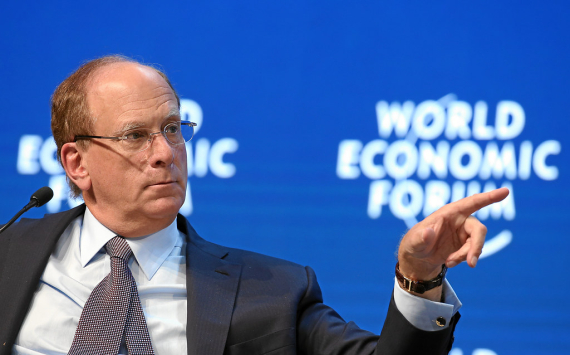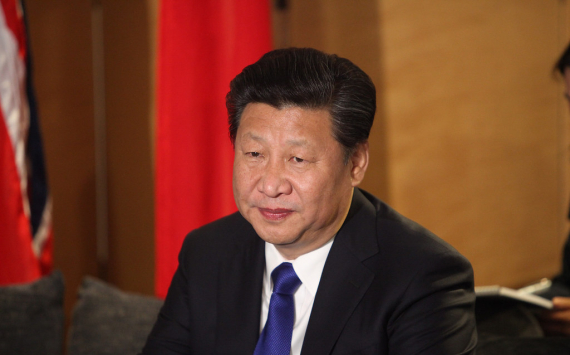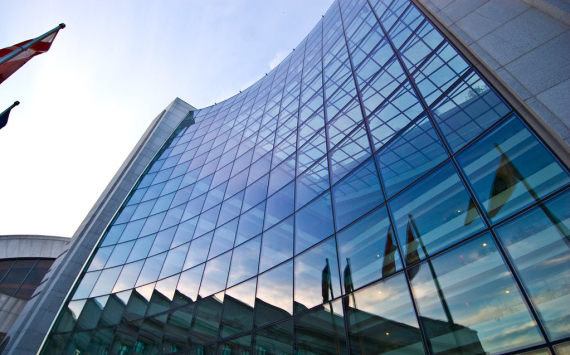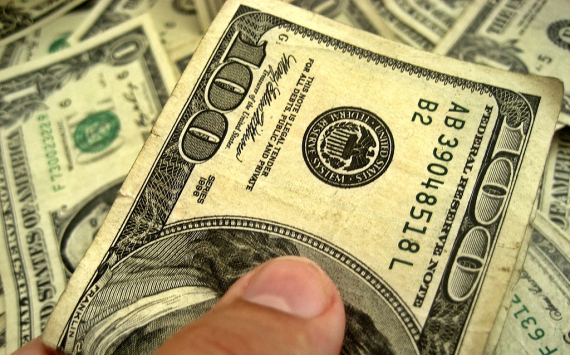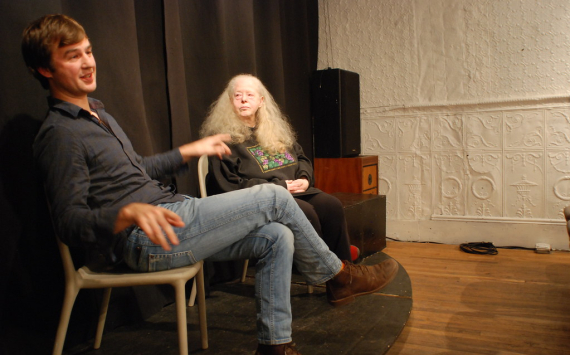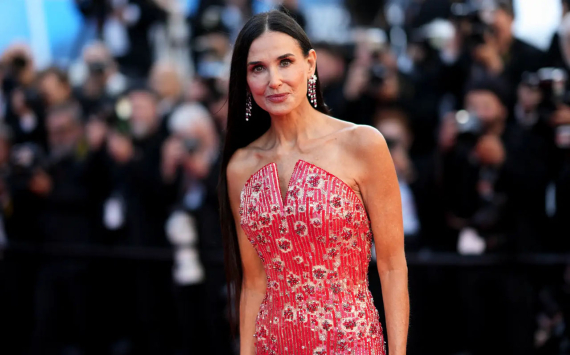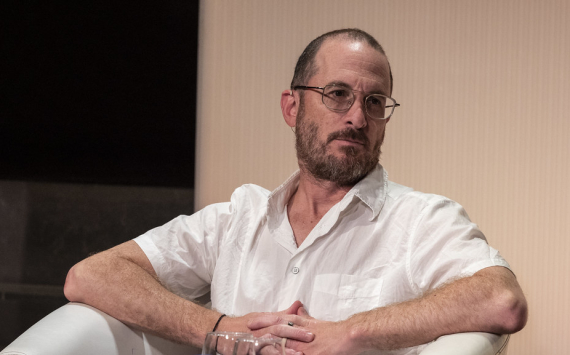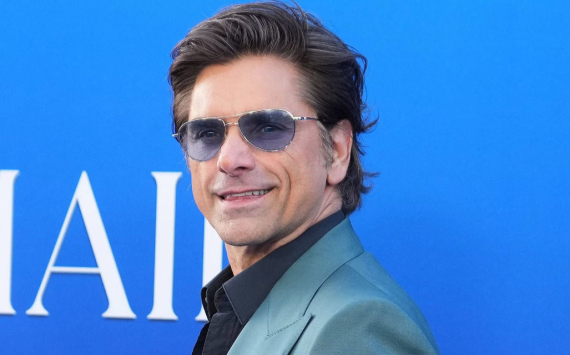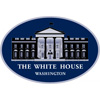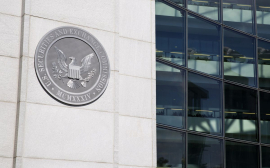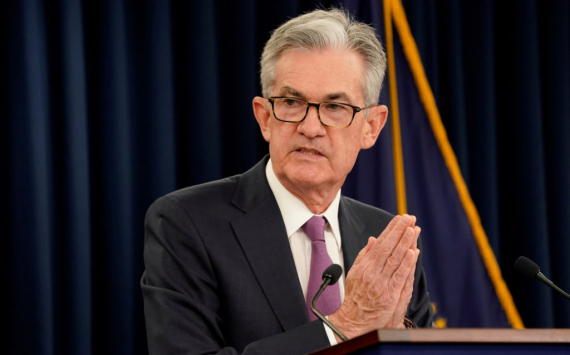
March Fed minutes
The published March Fed minutes showed an increase in the outlook for the US economy on the back of mass vaccination and federal aid. At the same time, the central bank said that policy will only be changed after the results have been achieved and will not be adjusted on the basis of forecasts.
The Fed's decisions to keep interest rates at zero and to make $120 billion in monthly bond purchases, announced after the March 16-17 meetings, have boosted US stock indices over the past three weeks.
The minutes of those meetings, published on Wednesday, should have provided insights into the positions of the various Fed members as investors look for signs of where central bank policy will go in the future.
The results of the meetings indicate an ongoing debate among policymakers about how quickly an economic recovery can take place. Four Fed members are predicting a rate hike as early as next year, compared with most others who do not expect rates to rise until at least 2024.
Amid massive vaccination and a large $1.9 trillion federal aid package, the Fed has raised its forecasts for US GDP growth in 2021 from 4.2% (as of December) to 6.5%.
The key question among market participants is whether the Fed will hold off on raising interest rates as it claims until a full recovery in employment and price stability.
The Fed minutes confirm that the policy will remain in place and will not be adjusted on the basis of forecasts alone.
The meeting minutes also state that the market will receive plenty of notice before the Fed committee makes any changes.
Along with unchanged policy, FOMC Open Market Committee members raised their forecasts for employment and inflation, expecting that the unemployment rate could fall to 4.5% by the end of the year and inflation could rise to 2.2%, slightly above the Fed's traditional 2% target.
US unemployment fell to 6% in March as the economy added 916,000 jobs, well above economists' expectations. Inflation is rising, although the March level of 1.6% is still well below the Fed's target.
Chairman Jerome Powell and other central bank governors said they saw the rate hike as a reflection of stronger growth expectations rather than discomfort with inflationary pressures.


